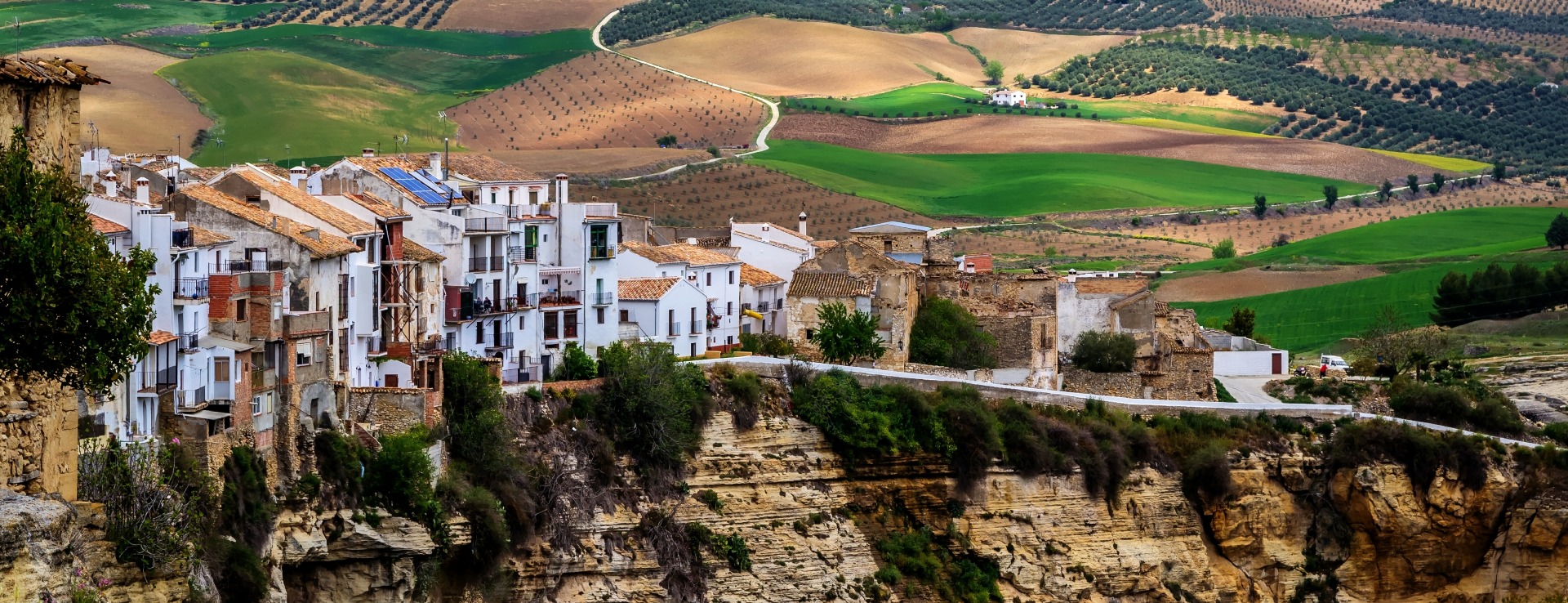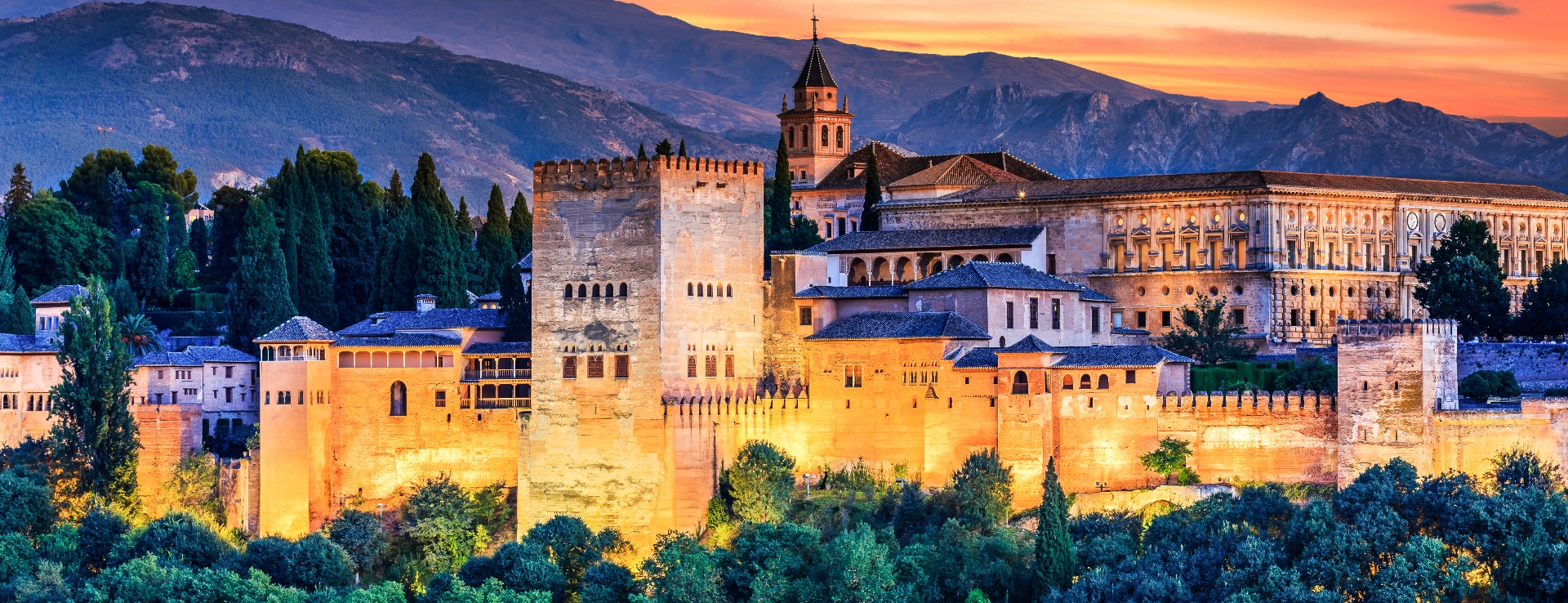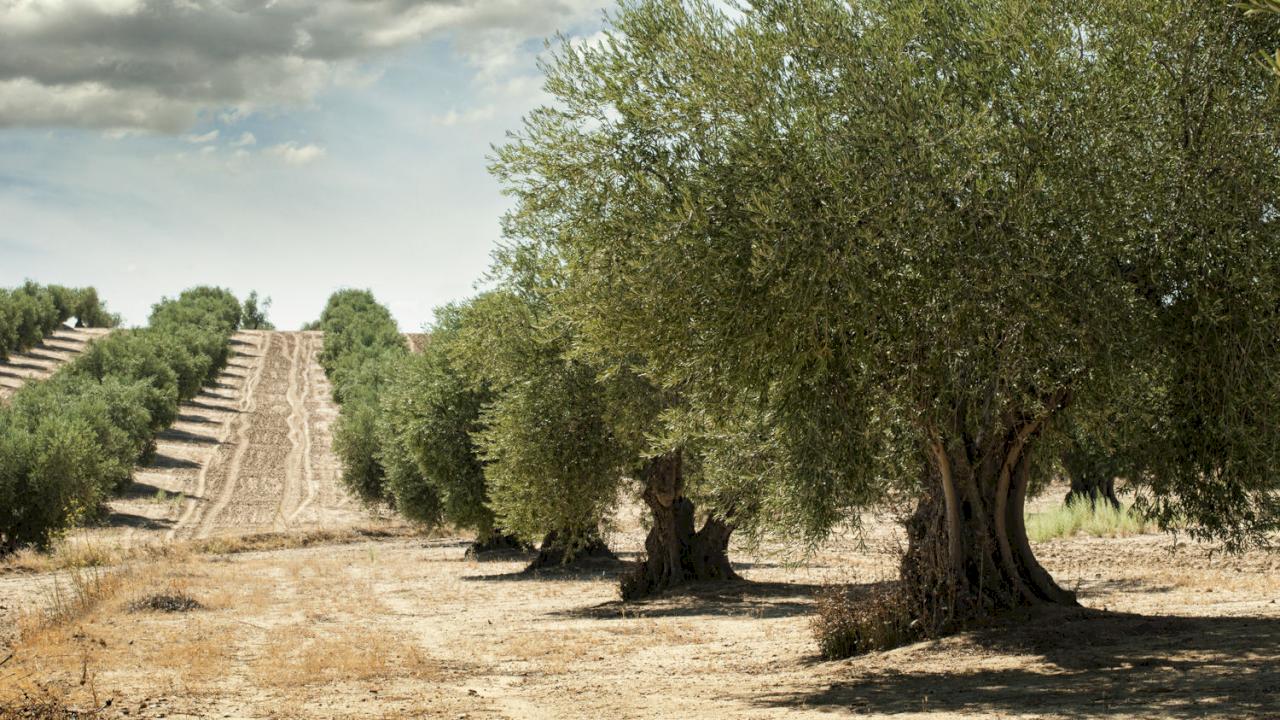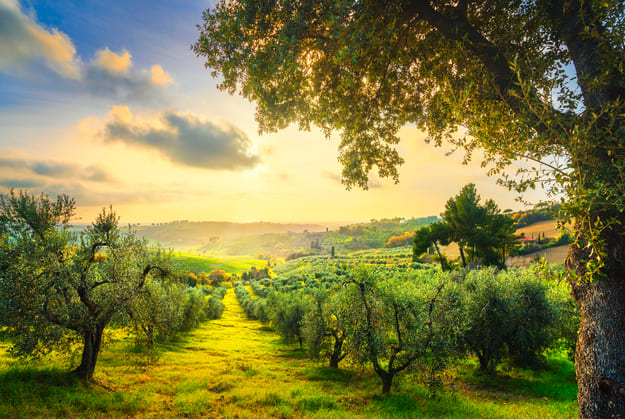Find your olive grove or oil mill
2 Olive groves and oil mills for sale in Granada
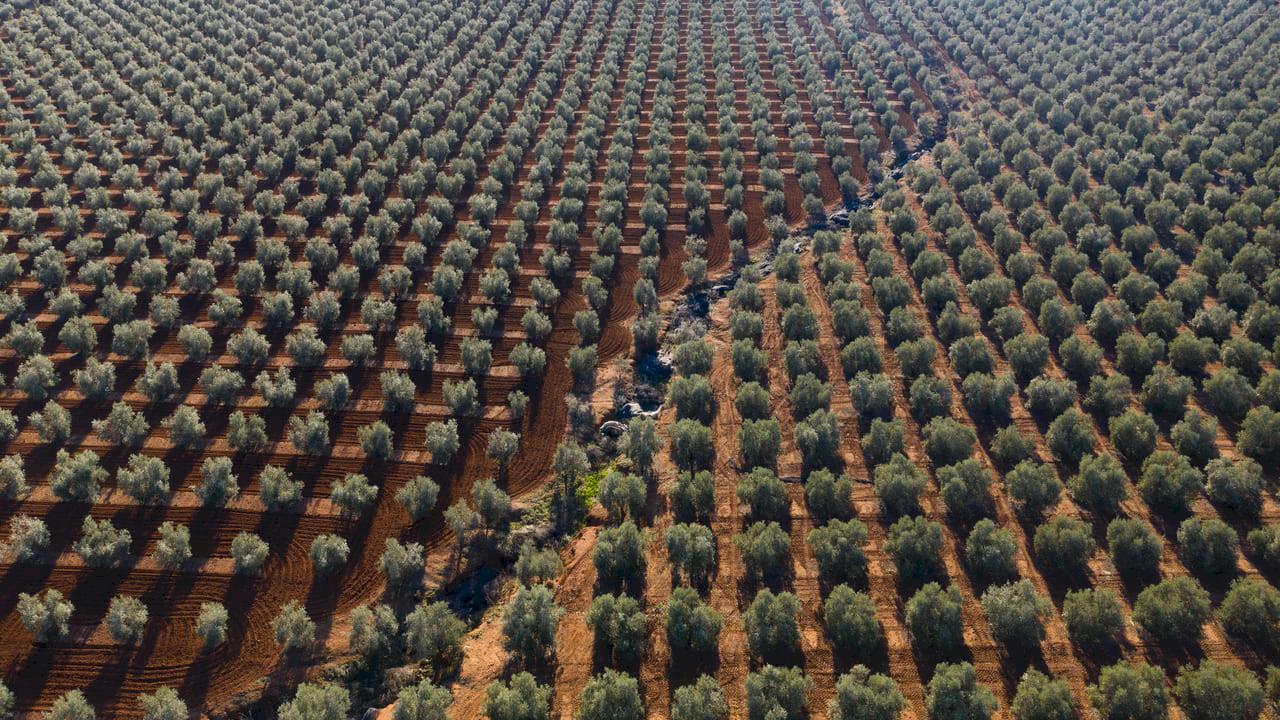
Olive grove and olive oil mill with 50 ha planted.
Estate in Designation of Origin of Granada
Infographic of the area
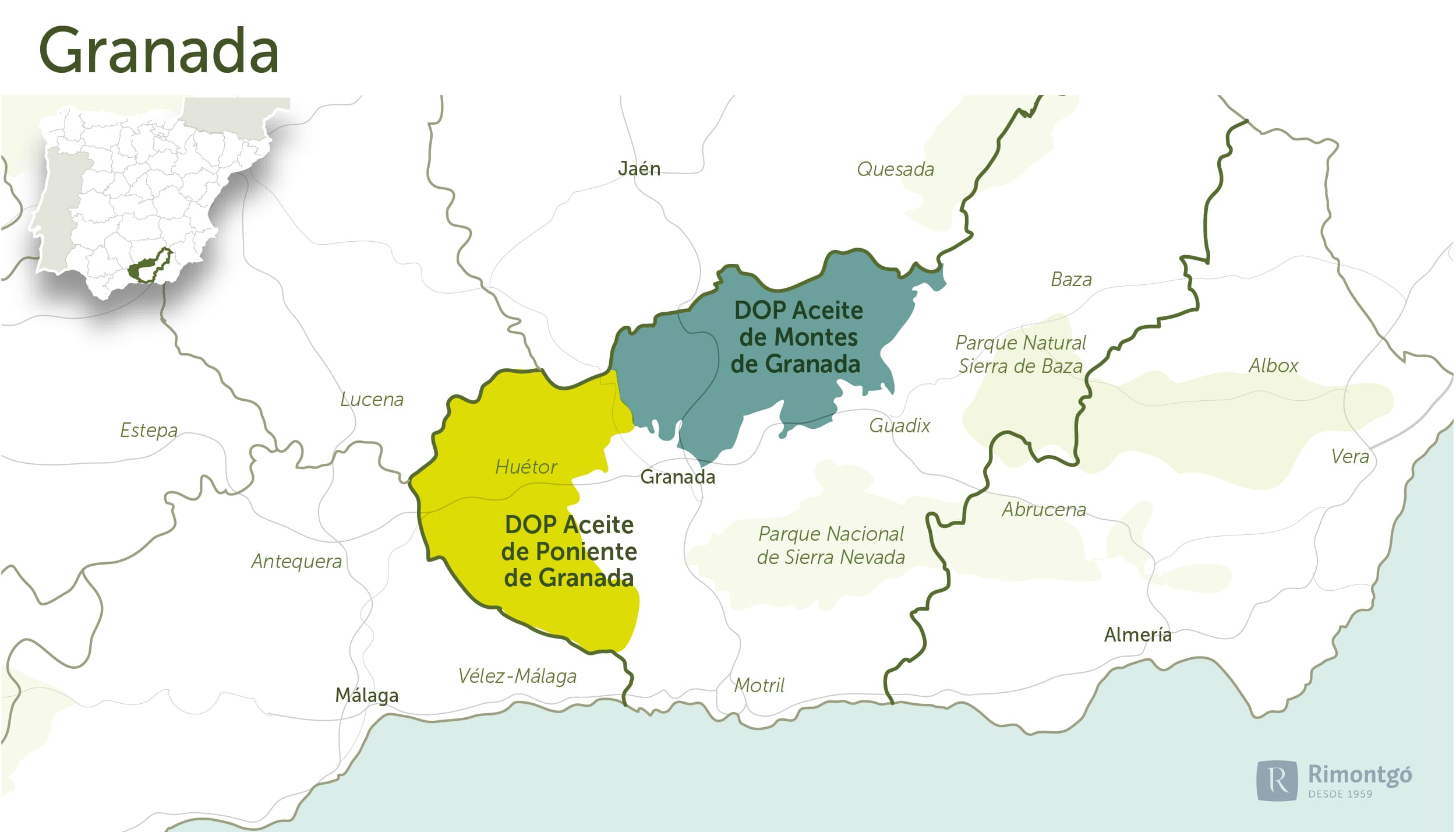
Granada
In the province of Granada there are several olive DOs, DO Montes de Granada and DO Poniente de Granada.
DO Montes de Granada
There are four different regions: Comarca de los Montes, Comarca de Guadix, Comarca de la Vega, Comarca de Baza.
Comarca de los Montes: Alamedilla, Benalúa de las Villas, Campotéjar, Colomera, Deifontes, Gobernador, Guadahortuna, Iznalloz, Montejícar, Montillana, Morelábor, Moclín (the eastern area up to the natural boundary defined by the river Velillos), Pedro Martínez, Píñar and Torrecardela.
Comarca de Guadix: Alicún de Ortega, Beas de Guadix, Benalúa, Cortes y Graena, Darro, Dehesas de Guadix, Diezma, Fonelas, Gorafe, Guadix, Huélago, the North of the municipal district of La Peza (up to the river Fardes), Marchal, Purullena and Villanueva de las Torres.
Comarca de la Vega: Alfacar, Albolote and Atarfe, (the area north of the natural boundary formed by the rivers Cubillas and Colomera up to their intersection), Calicasas, Cogollos Vega, Guevéjar, Nívar, Peligros and Víznar.
Comarca de Baza: Baza, Caniles and Gor (excluding territories belonging to the Sierra de Baza Natural Park), Benamaurel, Cortes de Baza, Cúllar, Cuevas del Campo, Freila, and Zújar.Comarca de HuéscarCastillejar, Castril, Galera and Huéscar.
Varieties
The main olive varieties used to produce Montes de Granada Extra Virgin Olive Oils are Picual or Marteña, Loaime and Lucio and the secondary varieties are Negrillo de Iznalloz (native), Escarabajuelo (native), Gordal de Granada and Hojiblanca.
History
From a historical point of view, the first reference to 'mountainous terrain' and 'olive growing' in the Montes de Granada area dates from the 16th century. In the 17th century, due to various factors, the cultivation of cereals declined and was replaced by vines and olives. There are still trees, more than 500 years old, of the Loaime variety, a name of Arabic origin.
These references to Benalúa and Moclín, together with those found in the nearby area of Colomera, indicate that they were the most developed municipalities in the cultivation of olive trees, as well as in the production of virgin olive oil, judging by the old mills existing in the area, which were installed between the 18th and 19th centuries. In Colomera, the Molino de Galenos, whose pressing system is a manual lathe that uses human power, the Molino de La Puente, which uses a waterfall, and the Molino de Las Niñas, which was pulled by beasts, are still preserved.
Finally, it was between 1913 and 1933, the so-called 'golden age of the Spanish olive grove', when the greatest increase in plantations and improvements in cultivation took place. During the Spanish Civil War, olive groves in this region received a major boost, increasing their surface area by 50%, which is why many olive groves are now around 80 years old. In the Montes de Granada area, olive groves account for 77.5% of the total area of land in production.
Climate and soils
The orographic, edaphological and climatic characteristics of this area are unique and extreme, as detailed below, with olive groves being the crop best adapted to these harsh conditions.
The area's landscape is predominantly mid-mountain, alternating depressions of between 750 and 900 m in altitude with mountain ranges arranged in an east-west direction, with maximum altitudes ranging between 1 400 and 2 000 m and the average altitude of the population centres at 900 m above sea level. In general, its landscapes exhibit more abrupt forms in the limestone massifs, together with other morphologies that respond to a relief that is also steep, consisting of hills and hills of limestone, marlstone and marl. As we move eastwards, the landscape tends to become smoother, with a tendency to form a 1,200 m high plateau, which is broken at the eastern end of the district by the valley of the River Fardes, and constitutes the natural boundary of the district to the east, from which point the morphology of the landscape changes, with an orography typical of the xeric landscape of south-eastern Spain.
The typological complexity of the soils means that it is not common to find a specific soil, but rather associated formations of various types. The predominant soils are those resulting from the decomposition of some of the lithological varieties of limestone, rich in marl-limestone materials eroded from the sierras, therefore with a high calcium carbonate content (over 40%) and subsequently modified by constant surface agricultural removal.
The climatic characteristics of the district correspond to a continental Mediterranean climate, with a considerable temperature variation, as there is a large difference between the maximum and minimum day and night and summer and winter temperatures. Average annual rainfall varies from 400 to 600 mm, and even less in years of drought. Winters are long and cold with frequent snowfalls and frosts, and summers are long and hot, even reaching extreme temperatures of 40° Celsius.
Oil mills
Aceites Maeva S.L., Almazara de Montillana SCA, Campopineda S.L., Mercaoleo-Dcoop SCA, Ntra. Sra. de la Cabeza de Zújar SCA, Ntra. Sra. de los Remedios de Campotéjar SCA, Ntra, Ntra. Sra. del Pilar SCA, Olibaza S.L., San Ildefonso de Peligros SCA, San Isidro de Deifontes S.L., San Sebastian de Alfacar SCA, San Sebastian de Benalúa SCA, Santa Monica de Piñar SCA, Varaila de Domingo Pérez SCA. and Virgen de la Cabeza SCA.
DO Poniente de Granada
There are 16 municipalities with more than 71,000 ha of olive groves within their boundaries: Algarinejo, Alhama de Granada, Arenas del Rey, Cacín, Huétor-Tájar, Illora, Jayena, Loja, Moclín (western area up to the Velillos river), Moraleda de Zafayona, Montefrío, Santa Cruz del Comercio, Salar, Villanueva Mesía, Zafarraya, Zagra.
The ha are distributed, 38,390 ha in the municipalities in the north of the region (Montefrío, Algarinejo, Illora and Moclín), and 32,667 ha in the remaining villages.
Varieties
There are many varieties in the region, such as: Hojiblanca, Picual, Picudo, Lucio or illoreño, Nevadillo de Alhama de Granada, Loaime, Chorreo de Montefrío, Gordal de Granada, Manzanilla de Montefrío, Guitoso, Verdal, Azul and Alameño.
Of the above, the following are considered to be the main varieties in the area: Hojiblanca (40% of the olive grove), Picual (30%), Picudo (15%) and Lucio (10%). Of the remaining varieties, most are considered indigenous, and represent less than 5% of the total olive grove area, although they do bring a great deal of personality to the oils, given that their population is locally very representative in many municipalities.
The main distinguishing feature of the oils from the Poniente de Granada is that they come from a combination of six varieties: Picual, Hojiblanca, Picudo, Lucio, Loaime and Nevadillo de Alhama de Granada. The introduction of different varieties of olive within the same estate is an ancient practice carried out by farmers in the area. The reason for this is, on the one hand, the belief that it improves the pollination of the olive tree, and on the other hand, to cushion the "vecería" of the olive grove, which is caused by the climatic irregularities between different years, common in the region.
History
The first historical references to the production of olive oil in the western part of Granada date back to the Middle Ages (5th to 7th century AD), according to the remains of stones from oil mills found in the medieval village of Cerro del Castillón in Montefrío.
The municipalities with the longest olive-growing tradition are: Loja, Montefrío and Illora. There are historical documents that prove an important regulation of oil mills since 1586, when the 'Ordenanzas Municipales de Molinos de aceites de la Ciudad de Loja' were published, which lasted until the 18th century. The great expansion of olive growing in the region took place towards the end of the 18th century. In 1752, the Marquis of Ensenada describes the importance of the olive oil sector in the municipality of Montefrío, with two varieties native to Montefrío: Manzanilla de Montefrío and Chorreao de Montefrío. Also in 1845, the municipality of Illora is described for the good aptitude of its land for olive growing, highlighting the 'El Soto de Roma' estate owned by the Dukes of Wellington, where the famous 'Molino del Rey', built in 1800, is located.
Climate and soil
The production area has typically Mediterranean environmental characteristics, with a continental thermal regime. However, the location of the area, in an intermediate position between Western and Eastern Andalusia, with an orography influenced by the existence of a large valley (Vega del río Genil) wedged between two mountain systems, the Subbetic to the north and the Penibetic to the south, favours the existence in the area of a microclimate characterised by a regime of extreme continental temperatures, with long, cold winters and long, hot summers, with large temperature fluctuations between winter and summer and between night and day. This extreme temperature regime influences the final ripening of the olives, increasing the levels of oleic acid and the ratio of unsaturated to saturated fatty acids. At the same time, it influences the polyphenol content of the olives, increasing their concentration.
Olive oil mills
Algarinejo Sociedad Cooperativa Andaluza (SCA), Almazara Casería de la Virgen S. L., San Lorenzo SCA, Roldán Oliva 1895 SL, Aceites San Isidro de Loja SCA. and San Francisco de Asis SCA.
Subscribe to our mailing list to receive news about olive groves and oil mills.

